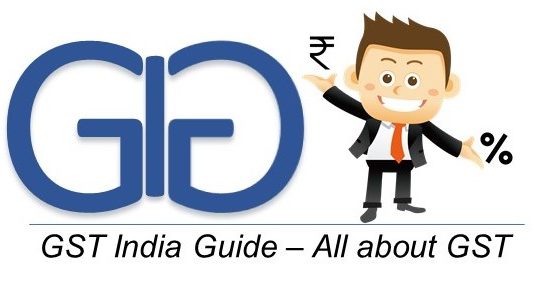- GDP estimates are based on accepted methodologies, says government
- Subramanian made the claims in his latest working paper published on the Harvard University website
- New Delhi: India’s statistics ministry likely underestimated the impact of demonetization and the rollout of the goods and services tax (GST) on economic activity, leading to an overestimation of gross domestic product (GDP) figures, the finance ministry’s former chief economic adviser, Arvind Subramanian, has said.
- On 31 January, the statistics ministry had raised its growth estimates for 2016-17, the year of demonetization, to 8.2% from 7.1%, thus making it the year with the fastest economic growth under the previous government. Similarly, data for 2017-18 during which GST was implemented was revised upwards to 7.2% from 6.6% estimated earlier.
- “Earlier this year, there were also substantial upward revisions to estimates for 2016-17 and 2017-18, which seemed surprising given that they were years when the short-term impact of two major policy actions —demonetization and GST—would have been most severe,” Subramanian wrote in his latest working paper published on the Harvard University website.
- In his book Of Counsel: The Challenges of the Modi-Jaitley Economyreleased last year, Subramanian had said demonetization dealt a “massive, draconian, monetary shock” and hinted he was not consulted on the matter.
- “Real GVA (gross value added) growth for the informal sector are based on and proxied by the IIP (index of industrial production), which is mostly composed of formal sector firms. The informal sector accounts for 30% of manufacturing GVA and hence about 5% of overall GVA. This proxy might be reasonable in normal times. But it likely overestimated growth during a period when major policy actions—demonetization and GST—disproportionately impacted the informal sector,” Subramanian wrote in his working paper.
- “For example, in 2017 and 2018, IIP manufacturing growth registered positive growth of 3.3% and 5.3%, respectively. But most likely, the informal sector registered negative growth in these years because of demonetization and GST,” he added.

Subramanian said the back-series GDP data produced in December 2018 revised downwards previous estimates of GDP growth for the period of the UPA government. “Today, these changes are being seen as political because of other controversies that have arisen that, in principle, must be distinguished from the methodological change,” he added.
Responding to Subramanian’s paper, the statistics ministry in a statement said a comparison of the old and new GDP series is not amenable to simplistic macro-econometric modelling. “It may also be seen that the GDP growth projections brought out by various national and international agencies are broadly in line with the estimates released by the statistics ministry. The GDP estimates released by the ministry are based on accepted procedures, methodologies and available data and objectively measure the contribution of various sectors in the economy,” it added.
Subramanian published a summary of his paper in The Indian Express on Tuesday in which he claimed through cross-country comparison that India’s GDP might have actually expanded between 3.5% and 5.5% during 2011-12 to 2016-17 post the new methodology to calculate GDP, instead of the reported average of 6.9% for these years.
However, curiously, Subramanian in his statistical analysis avoided including data for the demonetization and GST years. “We do not use this new series because we want to focus on the methodological changes and estimates that predated the controversies of 2018 and 2019. It is worth emphasizing that should these latest estimates be used, the magnitude of overestimation of GDP growth for the post-2011 period would be even greater (than 2.5 percentage points),” Subramanian wrote.
Subramanian’s latest comments quickly took a political turn. The Congress tweeted: “Former Chief Economic Advisor, Arvind Subramanian, finds that the govt’s new formula to calculate GDP is completely baseless. In the first few years of BJP rule the GDP was closer to 4.5% rather than 7% as the govt. has been claiming.”
Ashwani Mahajan, national co-convenor of Swadeshi Jagran Manch, an affiliate of the Rashtriya Swayamsevak Sangh tweeted: “Why this consciousness after u left? Either u were speaking lie then or now. Are u an economist or politician?”
Arvind Virmani, a former CEA, tweeted: “Everybody is now a statistical expert, except high level Statistical Commission, the committee of outside experts which supervised the GDP rebasing, and the Statistical Department which calculated the new series.”
Critiquing Subramanian’s arguments, Pronab Sen, former chief statistician of India, under whose watch the new GDP series was launched, said his conclusions are based on a set of contestable assumptions. “There is no reason to believe that all countries will follow a certain pattern. A few countries can be consistent outliers. The assumption that all countries follow similar methods of GDP estimation is not true. Quite often, they are following different SNA (System of National Accounts) standards and therefore, comparability is a problem,” he added.

